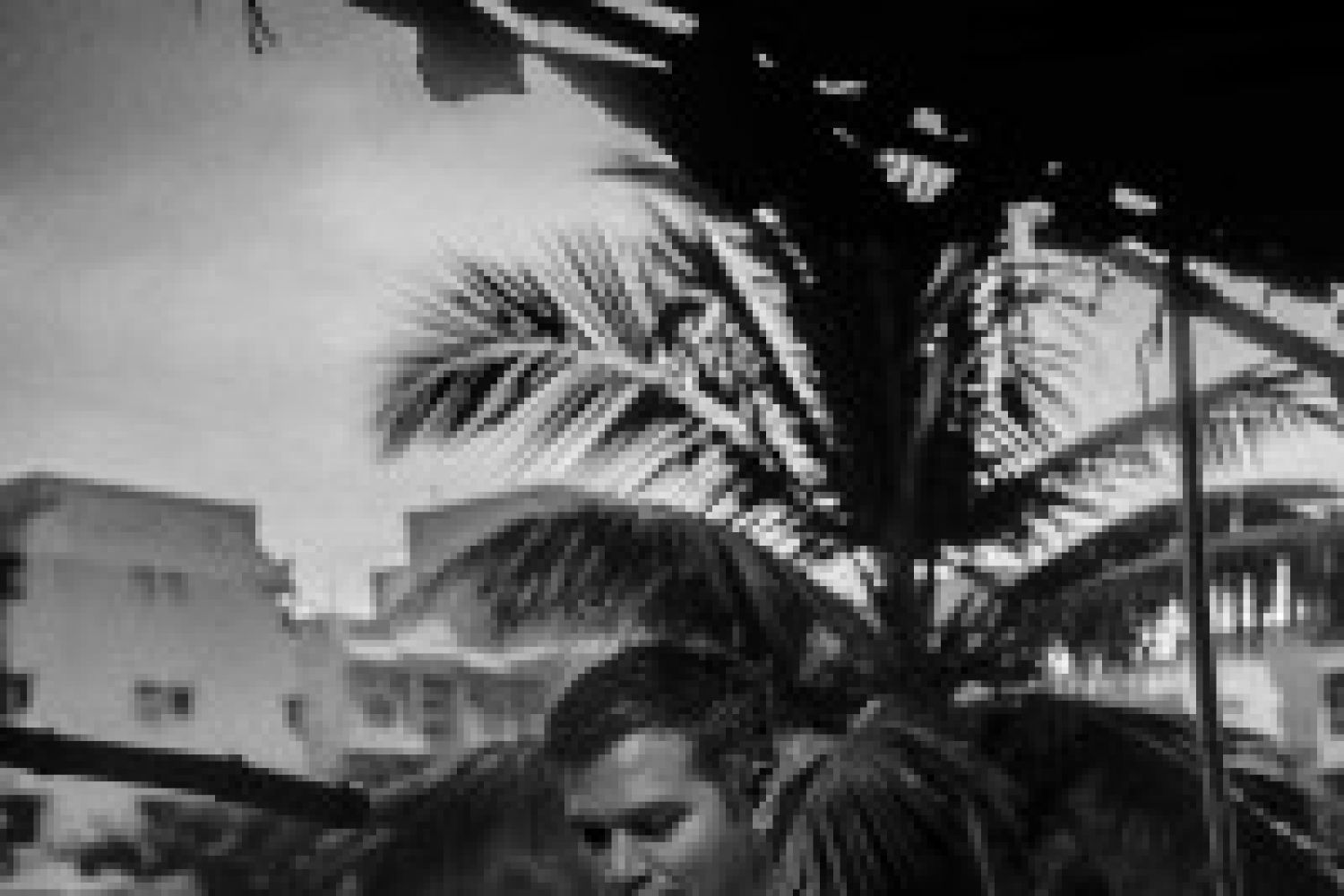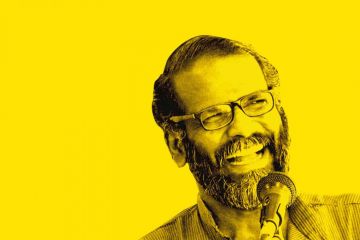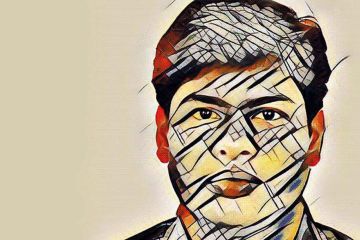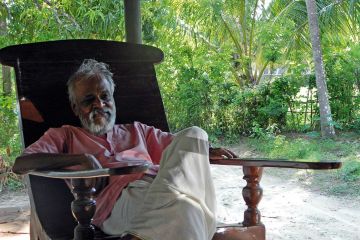
For Neeraj Ghaywan,
the director of Masaan, trains are the symbol of freedom and
escape. He longed for the narratives along the train routes when he was working
at a MNC six years ago when he travelled only by plane. After he quit and
started research for Masaan, he travelled only by train.
“I have seen such amazing stuff from the
train. Once I saw a village almost lit up by fireflies,” he told Fountain
Ink. So, it’s not a surprise that trains and travel figure promi





